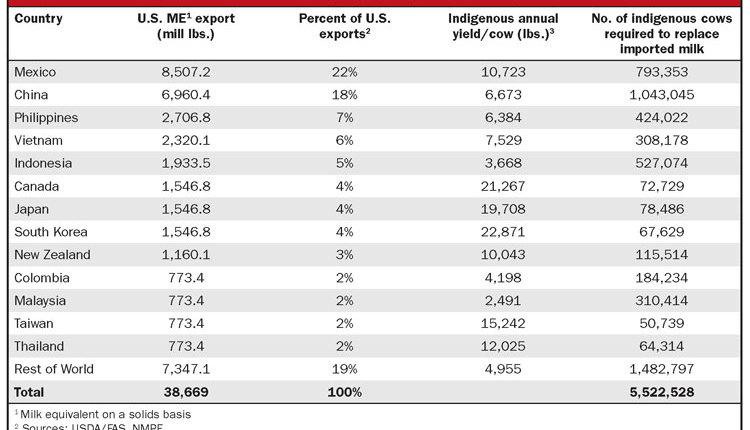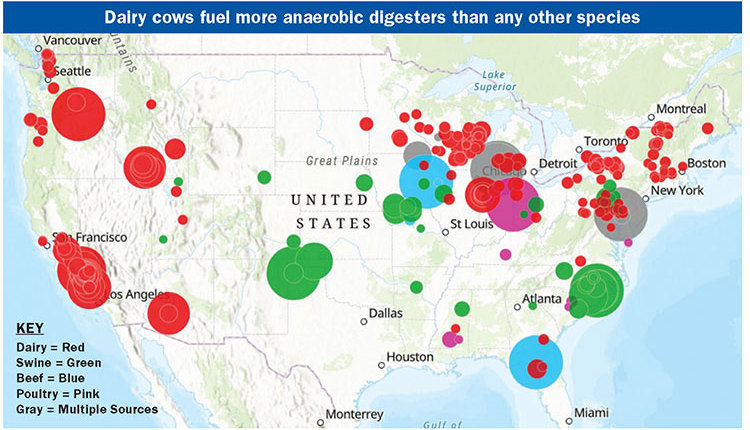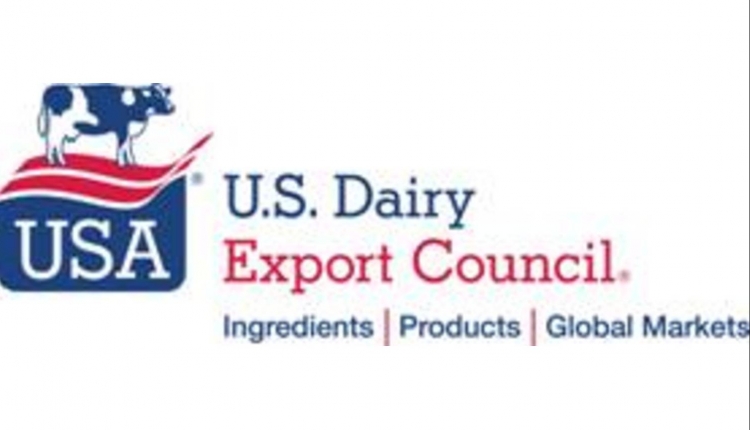
Real dairy history took place when the President signed the new farm bill into law this past February. That momentous shift included the elimination of three underperforming dairy programs. Gone are dairy price supports. Gone is the Dairy Export Incentive Program (DEIP). Gone will be the Milk Income Loss Contract (MILC) program once the new farm bill gets fully implemented later this fall. In their place is a voluntary margin insurance protection program and a dairy product purchase plan that activates during dire milk margins.
The Dairy Product Price Support Program dates back six-plus decades to post-World War II ag policy. Once a pillar in our nation's dairy infrastructure, price supports propped up milk prices in down markets through government purchases of dairy products. By the 1980s, price supports all but disappeared as support levels were pared back due to the sheer cost of running the program, essentially rendering it null and void for the past three decades.
The Dairy Export Incentive Program was the second dairy initiative earmarked for the dairy policy graveyard. Designed in 1985 to prop up a fledgling U.S. dairy export effort, DEIP awarded cash bonuses that greased the skids to make dairy products more affordable to overseas customers. The program's foundation was rooted in an era where U.S. products were well above global prices.
Like dairy product price supports, DEIP had long run its course as the changing trade winds now frown upon government subsidies to assist in making international sales. If that weren't enough to call for its termination, DEIP also made no impact in righting the supply-demand ship when dairy producers needed it most during the 2009 dairy downturn.
While the memorial service for MILC has been delayed until later this fall, the program first launched in the 2002 farm bill only covered a small portion of the nation's milk production. Even though MILC will be gone from the dairy policy portfolio, its legacy lives on as it was the first national dairy program to recognize that a safety net needed to incorporate feed costs, not just milk prices.
There is good reason these three programs were terminated. The trio had roots in an era with far less price volatility. Additionally, price supports and export incentives were not designed to grapple with the economic reality of volatile input costs predominately driven by higher feed prices.
Time will tell if margin insurance is the answer. However, our experiences with crop insurance indicate voluntary margin insurance protection is a far better solution. We hope that theory carries over to dairy.
140310_160











